Much has been said in gardening magazines etc. about the "tropical" look.
One common trait of tropical looking plants is bold foliage. The bold foliage is often a problem in full sun in Texas. So, in New York, they can have a tropical looking yards in both shade in sun, but in Texas, that look is often left to part shade.
Also, most of us live where true tropicals are not hardy. However, there are many tropical type plants that can be "dug and stored". Small sago palms can be uprooted and moved all over the place.
I don't do much digging and storing, but I find that some plants are just easy to move.
Here is a list of plants than can be dug and stored or are hardy:
Sago Palms
Tropical Hibiscus-Part Sun-Morning sun.
Tropical Bird of Paradise-Part Sun-shade
Justica-Brazilian Plume (A big dissappoiment for me. Didn't see a bloom after I put it in the ground. Mine was in full shade, then moved to part sun. Still zip)
Clerodendrum-Blue Butterfly Bush-Mine is in part shade, but it wants to be moved to a sunnier location. (Yeah!! A Tropical that is begging for more sun.) Large leaves. Blue and white flowers.
Cast Iron Plant-Tropical Looking -Hardy almost all of the state-Requires full Shade. No digging and storing or blankets required.
Fastia Japonica-Hardy in zone 8 or 7b. (requires full shade. Probably a good blanket candidate in north Texas)
Ruellias-can look tropical when combined with other plants.
Yuccas can also look tropical when combined with tropical looking plants. The specific yucca I use is Yucca Recurvifolia, which is hardy all over the state. So, it's a good winter "fill in" plant for perennial beds.
Loquat-This is the San Antonio version of the Southern Magnolia. Don't know it's hardiness. Does best in part sun. Large almost magnolia type leaves. Fast growing. Perfect for impatient people, like me.
Southern Magnolia-Looks tropical-Doesn't do well in parts of San Antonio, but I know it does well in many other places.
Pittosporom-zone 8-part shade-tolerates alkaline soils, don't think it's a good dig and store plant.
Hardy Amaryllis-Hippeastrum x Johnsonii-hardy all over the state. Hard to find and best obtained as a "pass along plant". Usually evergreen in San Antonio. Probably briefly decidious in northern Texas. Blooms during Easter in San Antonio.
Crinums, Cannas, Bananas, Hymenocallis- Hardy all over the state. Summer growers. Need lots of water and best in part shade. Dormant in winter in most parts of the state.
Crape Myrtle-Not really tropical looking, but I bought one called Pink Velour. It's hot pink blooms say, "Fiesta". It makes me want to grab a margarita. (And I don't even drink)
FULL SUN-Hardy all over the state. The Pink Velour variety supposedly has 120 blooming days.
Portulaca-Giant Hot Pink. True Annual, according to Desert Tropicals digging and storing will appear to prolong the life, but blooms will not be the same next year. I kept looking and looking for this one early in the spring and could only find it in huge baskets. Finally, I bought one of those huge baskets and divided it up. HOT PINK flowers, FULL SUN. Buy and plant as early as possible in the spring. Another margarita plant.
Winecups-Bloom in the spring/early spring. Hardy native perennial. (Native to the plains states) Full sun/part shade. Hot pink flowers. Goes dormant during the heat of summer. Time to grab a third margarita. Hard to believe this one is a native. Mine are interplanted with the portulaca. Both trailing along the front sidewalk.
Azaelias-Don't grow in South Central Texas, but I bet they look really neat where they can be grown. (To be honest, I don't think I've ever seen an azaelia, just pictures of them.) Same for cammellias and gardenias.
Chinese Fringe Flower-Evergreen shrub with dark purple leaves. Pretty hot pink blooms in early spring, about the same time as daffodils. Develops chlorosis when grown in full sun in San Antonio. Does well in San Antonio with winter sun/summer shade. Hardy through most of the state. Don't know how this one does in the valley.
FLowering Quince: Scott Ogden recommends Texas Scarlet. Winter sun/summer shade. Excellent source of winter color in north texas. Has a certain number of mandatory chill hours. I can't figure out whether San Antonio gets cold enough for this plant to bloom. It blooms in Jan/February.
Probably doesn't bloom in the valley. Quince is often used in Japanese style gardens.
Does anyone have experience with the "Sun Coleus" TX Superstars that are supposed to do well in full sun?
(They aren't hardy, but they're very cheap. I think they can be dug and stored, for us tightwads.)
Anyone have plants to contribute?
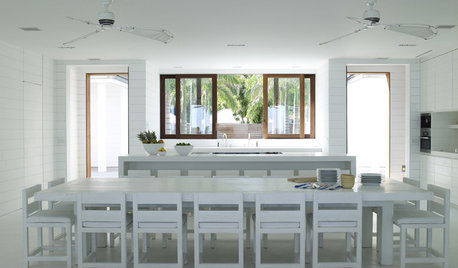
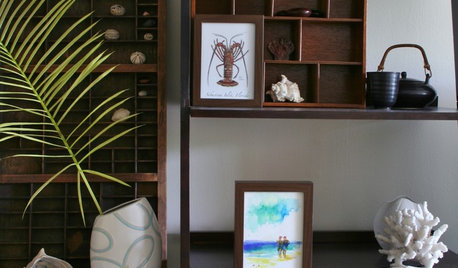
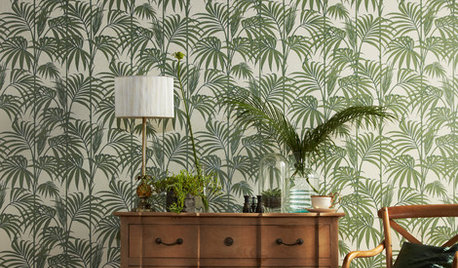


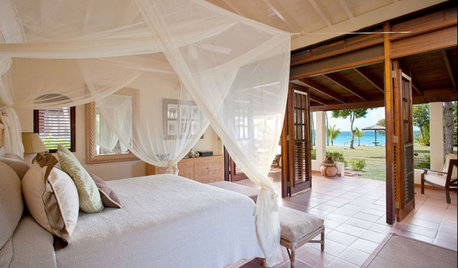
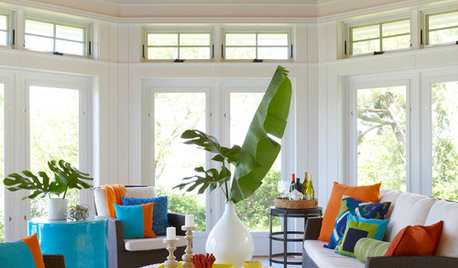
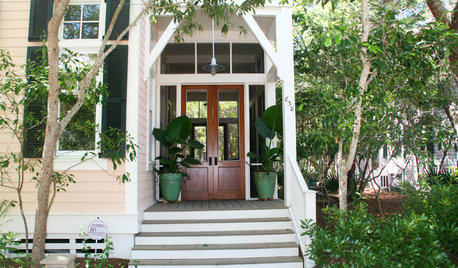
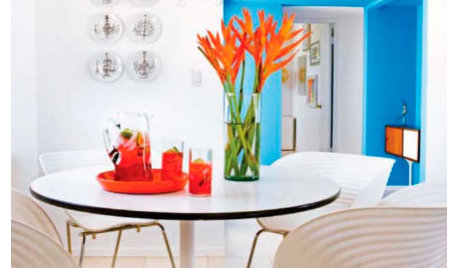



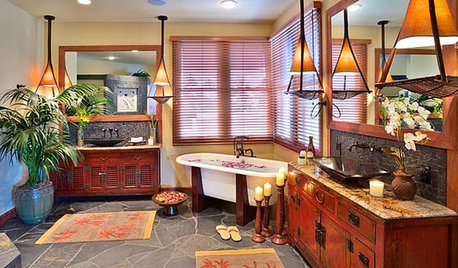

roselee z8b S.W. Texas
pricklypearsatxOriginal Author
Related Discussions
looking for a tropical look shrub/plant
Q
Looking for a tropical-looking tree for Phx/Scottsdale
Q
Tropical looking palms for zone 9 Florida.
Q
What is this tropical-looking plant?
Q
roselee z8b S.W. Texas
pricklypearsatxOriginal Author
texanjana
toadlilly
toadlilly
lac1361
pricklypearsatxOriginal Author
pricklypearsatxOriginal Author
carolann_z8
unautre
jardineratx
carolann_z8
unautre
roselee z8b S.W. Texas
PKponder TX Z7B
carolann_z8
pricklypearsatxOriginal Author
roselee z8b S.W. Texas
hitexplanter
Gardener972
pricklypearsatxOriginal Author